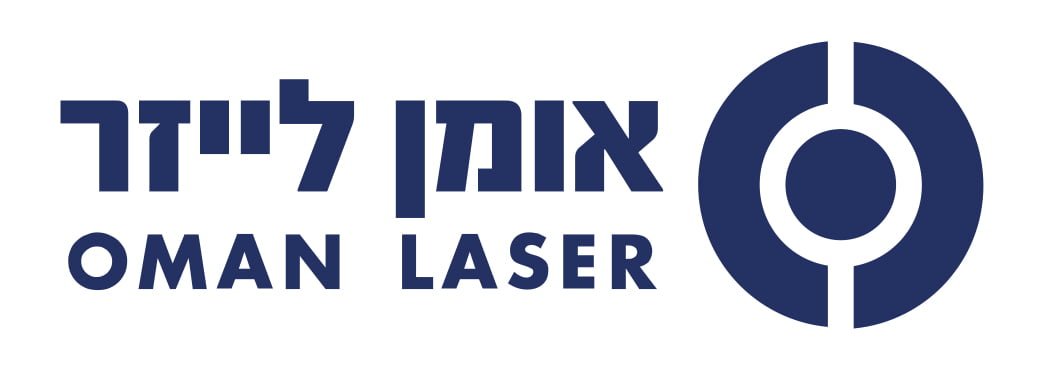Laser Cut
Home / Laser Cut
Our laser cutting is used for scoring raw materials for die preparation, producing product prototypes, and cutting precise products in small to medium series.
Laser cutting is performed cleanly without chips and is done at record speed compared to other technologies.
Our laser cutting is among the most precise in the industry. With the laser, we can cut all common types of wood up to a thickness of 40 mm, including Perspex and acrylic materials.
Laser cutting is intended to provide our customers with production capabilities for a wide range of uses and at the highest levels of precision, such as display products, electronic products, decorative items, and custom-made artistic products.
Architects, artisan carpenters, and product designers also use our laser cutting technologies to produce decorative and architectural items for special projects.
The numerous and distinct advantages of laser cutting technology make it, in many respects, a fundamental and essential technique in the manufacturing world of the twenty-first century.
Unlike older cutting methods, laser cutting achieves an extremely high level of precision, almost unprecedented. This should not surprise us – a laser beam is a highly focused beam of light, and we see many different applications of laser technology in various fields where precision is crucial. The medical field is an excellent example – eye surgeries, hair removal, and many other medical procedures that require a level of precision that none of the other tools can achieve are now done using lasers. These advantages are gradually extending to a wide range of fields, including industry and manufacturing.
The high precision level of the laser cutting machine, as well as the fact that it is an automated machine operated by dedicated computer software, allows processing different raw materials with minimal material wear. This, of course, enables cost reduction and significantly enhances the overall production process efficiency.
Speed also plays a crucial role here – dies, for example, are objects that must be cut precisely and almost perfectly to be of high quality and perform well in the production process for which they are intended. Therefore, their cutting process must be meticulous and precise. With manual cutting methods (i.e., non-automated methods, where a person operates the cutting machine), this requirement translates to time – truly quality production of a precise die means a relatively long process. The laser cutting machine, however, is automatic, making it not only more precise but also much faster. This speed leads to an unprecedentedly efficient process, ensuring on the one hand higher quality production outputs (products), and on the other hand a faster process, and therefore also cheaper.
